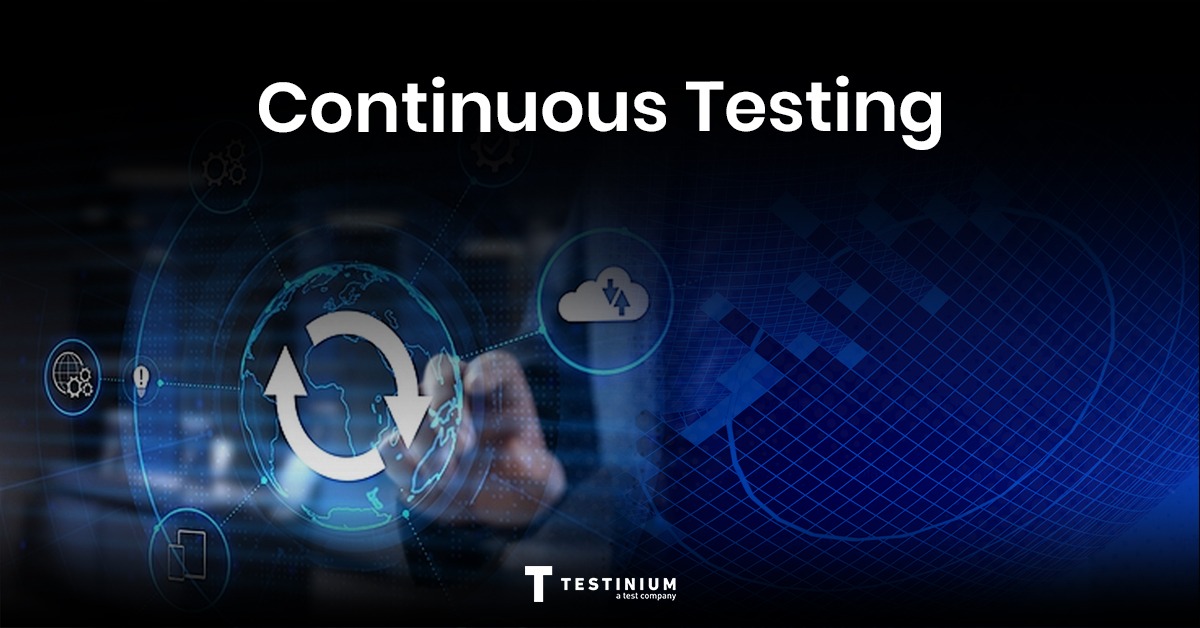Embracing Continuous Testing: A Step-by-Step Guide
Testinium2023-08-11T15:43:26+03:00Introduction
In the fast-paced world of software development, adopting continuous testing has become a crucial aspect of ensuring the delivery of high-quality, reliable products. Continuous testing is an iterative approach that involves testing early and often throughout the development lifecycle. In this article, we’ll explore the steps to successfully adopt continuous testing in your software development processes.
Foster a Testing-Centric Culture
Embracing continuous testing starts with creating a testing-centric culture within your organization. Encourage collaboration between developers and testers to ensure testing is integrated into every phase of the software development process. Make sure that all team members understand the significance of continuous testing in delivering top-notch products.
Automate Test Cases
Automation is a cornerstone of continuous testing. Identify repetitive test cases and automate them to accelerate the testing process. By automating tests, you can execute them more frequently, obtain quicker feedback, and identify issues early on, saving time and resources.
Integrate Testing into CI/CD Pipeline
For effective continuous testing, integrate testing into your Continuous Integration/Continuous Deployment (CI/CD) pipeline. Automate the execution of tests whenever there is a code change or deployment. This integration ensures that every code update is thoroughly validated, preventing the introduction of defects into the production environment.
Implement Shift-Left Testing
Shift-left testing involves bringing testing activities earlier in the development cycle. Encourage developers to write unit tests for their code as they build it. This approach ensures that defects are caught early in the development process, reducing the time and effort required for bug fixing later on.
Monitor Test Results
Continuous testing generates vast amounts of test data. Establish a monitoring system to track and analyze test results regularly. Use key performance indicators (KPIs) to measure the effectiveness of your continuous testing efforts. This data-driven approach enables you to identify trends, make data-backed decisions, and continuously improve your testing strategy.
Implement Behavior-Driven Development (BDD)
Behavior-Driven Development (BDD) emphasizes collaboration between developers, testers, and business stakeholders. Encourage the use of BDD frameworks like Cucumber to define test cases in a readable and easily understandable format. BDD promotes a shared understanding of requirements, ensuring that the tests align with business objectives.
Conclusion
Continuous testing is not just a process; it is a mindset that fosters a culture of quality and collaboration within software development teams. By adopting continuous testing and integrating it into your CI/CD pipeline, automating test cases, and embracing shift-left testing, you can ensure a robust testing process that catches defects early and continuously enhances the overall quality of your software products. Embrace continuous testing, and you’ll be well on your way to delivering exceptional, reliable software solutions in today’s fast-paced digital landscape.

